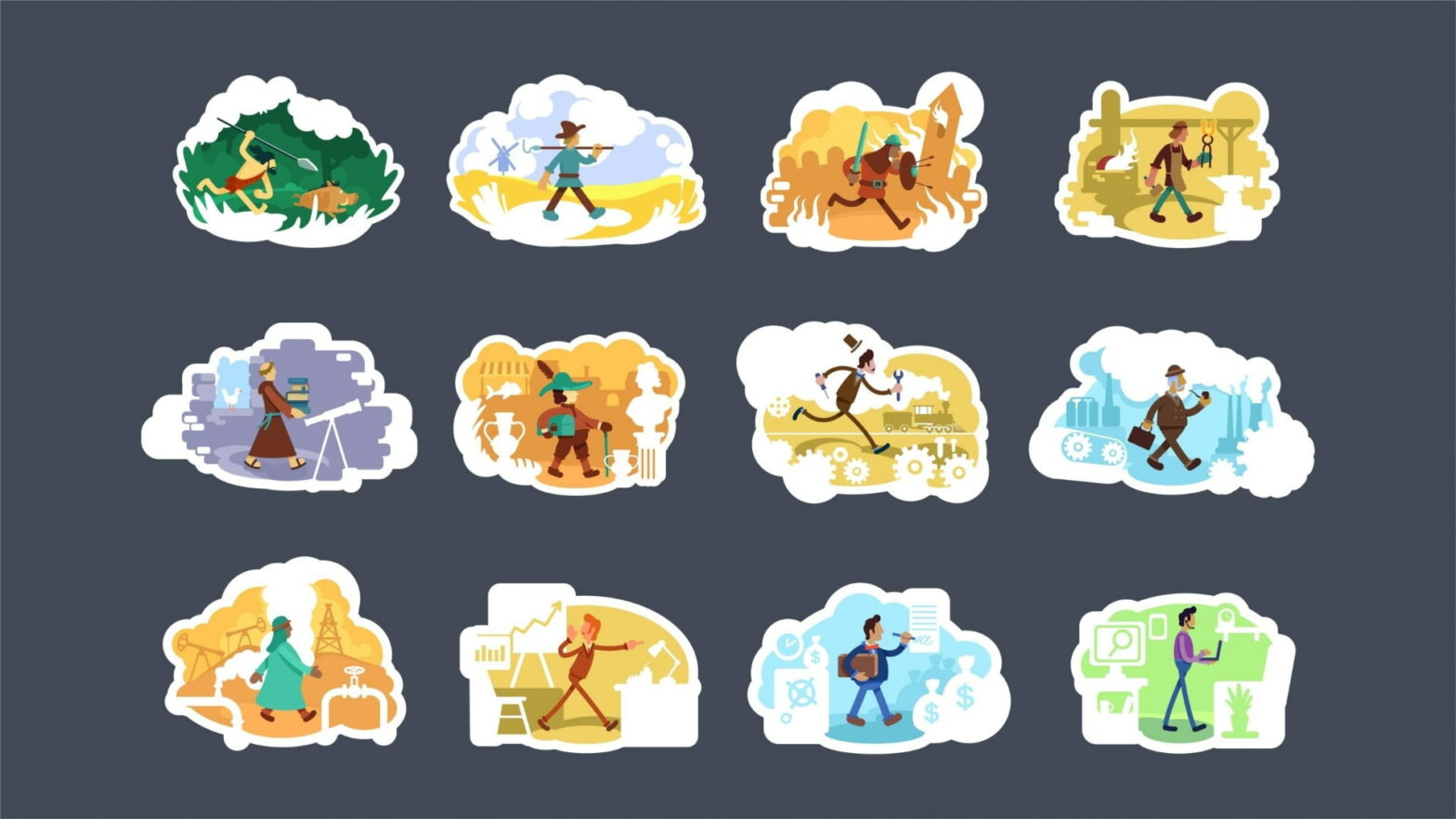What is an archetype? Archetypes play an integral role in how people understand each other – but what are they? We’re going to answer that question as we define archetype, then we’ll look at some archetype examples from classic literature and film. By the end, you’ll know why archetypes are so important for storytellers – and why they might explain something innate about the human condition.
Archetype Definition
First, let’s define archetype
Archetypes may not have been formally defined until the 20th century, but they existed far before then. Archetypes are simply patterns that connect us across time and place. We’re going to look at some archetype examples in a bit – but first let’s formally outline an archetype definition.
ARCHETYPE DEFINITION
What is an archetype?
An archetype is a pattern that connects the people of the world across time and culture. The idea of the archetype was conceived by Swiss psychoanalyst Carl Jung. In writing, archetypes are characters or symbols that are recognizable irrespective of their place or time of origin.
Iconic Archetypes
- The Hero
- The Star
- The Wise Old Man
For more on the foundation of archetypes, check out the video that asks, “What is an Archetype?” below.
What is an Archetype?
So, is an archetype simply a pattern? Well, yes and no.
It is a pattern, but it’s also something more than that. Many argue archetypes are intrinsic to human nature. Now let's look at some examples of these archetypal patterns in characters and symbols.
WHAT IS AN ARCHETYPE CHARACTER
Guide to archetypal characters
As storytellers, we rely on archetypal characters to bridge the gap between people of different cultures. Take the hero for example: the hero is a character archetype that’s existed in stories all over the world for thousands of years.
And it existed in spite of the fact that there was little possibility that some communities were privy to the stories created by other communities. Take Gilgamesh for example – the character many historians regard as the first hero, and a direct inspiration for Joseph Campbell’s Hero’s Journey.
The Epic of Gilgamesh established a stereotypically flawed hero that subsequently influenced Egyptian mythology and other river valley civilizations, via oral tradition. But why were other “Gilgamesh-esh” characters conceived in other parts of the world irrespective of the knowledge of their origin? Largely because they were archetypical – aka universally relatable.
Through a historical lens, we can see that heroic characters were conceived by Asian, European, African, and communities irrespective of one another. The hero is actually a subset of “the leader” archetype. For more on “the leader,” check out our video essay below.
Walter White is an Example of an Archetype • Subscribe on YouTube
Other subsets of the leader character type include: the antihero and the villain. In our video essay, we argue that “conflict is drama, drama is interesting, and leaders are conflict machines.” Thus, the leader is the perfect archetypal character for communicating drama.
There are a lot of character types though. For more on this subject, check out our article on Character Archetypes Examples in Lit. & Film.
Definition of Symbolic Patterns
Guide to archetypal symbols
Archetypes aren’t just characters, they can be symbols or situations too. Anthropologists study patterns from different places and eras, to better understand world history. On a more micro level, this video looks at how symbols can influence cognition standards.
What is an Archetype? by Casual Cognition
Essentially, archetypes can affect the world on a macro and micro level. They can also explain innate aspects of the human mind. Think about it: if a star symbol that was discovered in different cultures around the world, is it possible that alien civilizations could use the same star symbol too? Or is the symbol simply a product of human creation? It’s fascinating stuff – and useful to think about for storytellers and anthropologists.
Archetypal Uses
What is the purpose of archetypes?
These archetypal patterns are universal and repeated ideas/symbols that unite the people of the world across time and space. We often focus on things that make us different from one another – but these patterns remind us that there’s an innateness of the human condition that makes us the same.
Just take what writer/director Bong Joon-Ho had to say after he won out at the Golden Globes for Parasite:

I think we use only just one language: the cinema.
— Boog Joon-Ho
Cinema is just one medium through which we communicate the patterns that bind us together – there are dozens more. And whether you know it in the moment or not, you’re likely perpetuating archetypes everyday.
UP NEXT
Archetype Examples in Lit. & Movies
We briefly touched on some of the different types of archetypal patterns, but there’s a lot more to characters than what we went over here. Up next, we break down a variety of examples from literature and movies. Follow along as we examine characters in Breaking Bad, The Lord of the Rings, and more.
